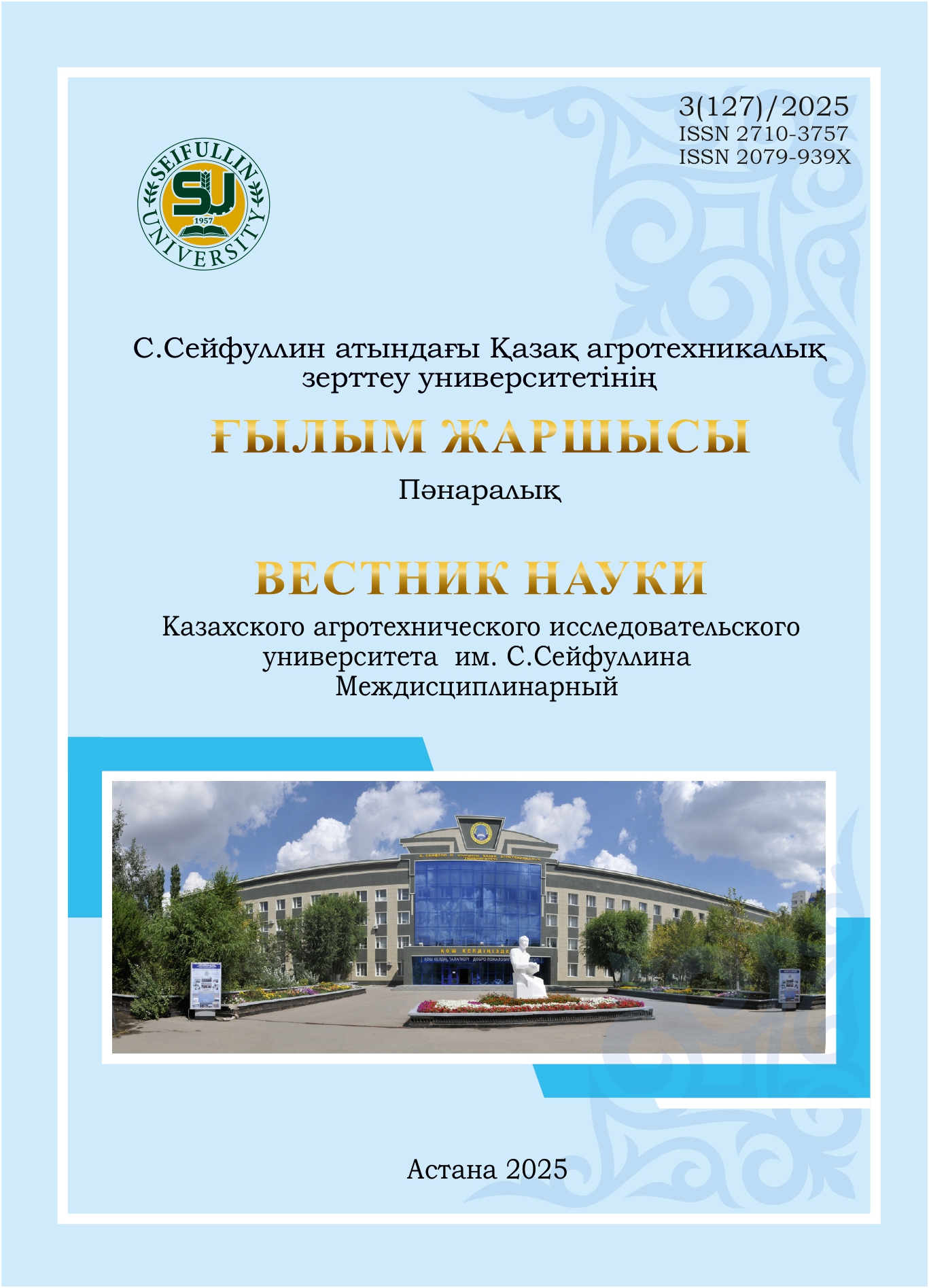Development of a recirculating aquaculture system for the cultivation of the Australian red-claw crayfish (Cherax quadricarinatus)
DOI:
https://doi.org/10.51452/kazatu.2025.3(127).1995Keywords:
Australian red-claw crayfish: recirculating aquaculture system (RAS); aquaculture; sustainable production.Abstract
Background and Aim. The Australian red-claw crayfish Cherax quadricarinatus (von Martens, 1868) is a promising species for aquaculture due to its high reproductive capacity and adaptability. However, traditional fish farming systems do not account for the specific biological needs of crayfish, which reduces cultivation efficiency. The aim of this study was to develop a recirculating aquaculture system to optimize conditions for intensive cultivation of young crayfish, increase bioproductivity and reduce resource costs.
Materials and Methods. The system comprises a metal frame with multi-tiered polypropylene trays (height 12-20 cm, water depth 6-14 cm), a water supply and drainage system with adjustable fittings, a mechanical drum filter, a coil-type biological filter with a water reservoir, a UV lamp for bactericidal treatment, and an aerator.
Results. The installation of a recirculating aquaculture system proved effective in the cultivation of young Australian red-claw crayfish (Cherax quadricarinatus) resulting in an average body weight of 2.9 g, a survival rate of 44.4-46.2%, and productivity of 131.5 g/m2 over an 80-day cultivation period. Water supply and purification were adjusted progressively to minimize operating costs.
Conclusion. Modernization of the recirculating aquaculture system (RAS) and optimization of water treatment reduced electricity and water consumption and improved operational performance. Tray sectioning helped decrease cannibalism, while stable water quality was maintained through mechanical, biological, and UV filtration. The developed RAS enables cost-effective and environmentally sustainable crayfish production, thereby overcoming seasonality. The system can also be adapted for other crustacean species, contributing to the sustainable development of aquaculture.

